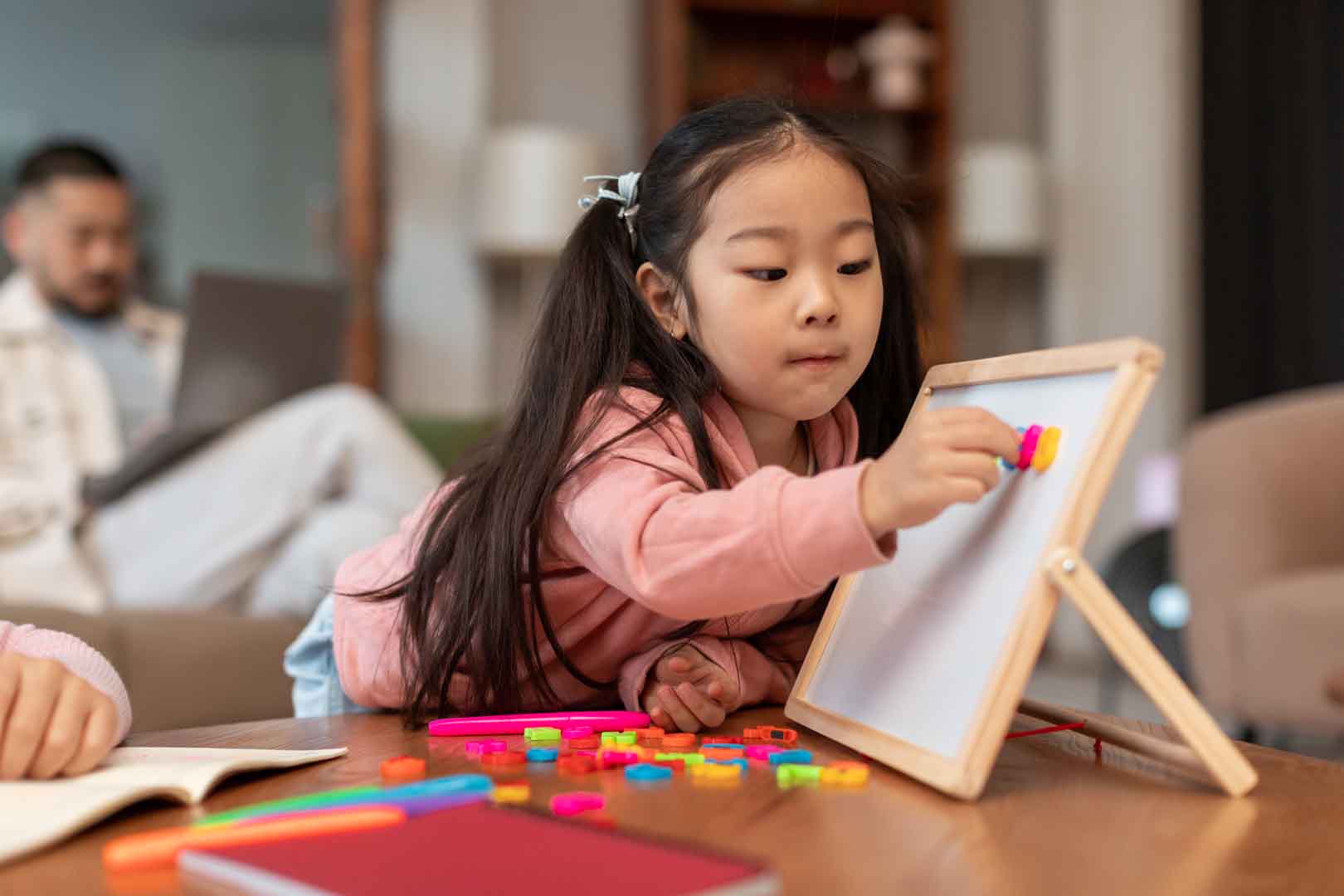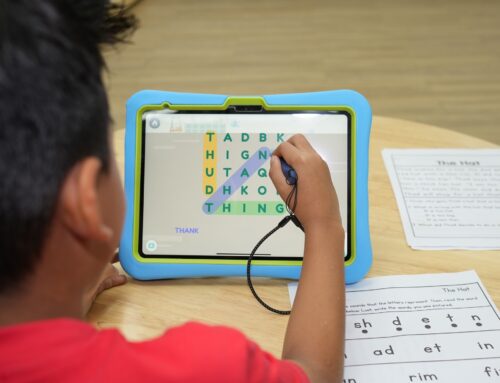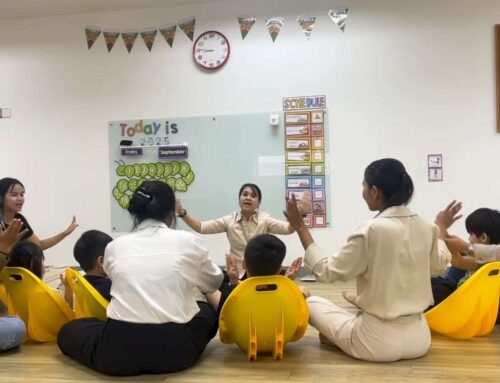Creating a therapeutic home environment for children with sensory needs is one of the most effective ways parents can support regulation, learning, and emotional growth. In Cambodia, where awareness of sensory processing challenges is growing, many families are beginning to understand how the home can complement therapy. At OrbRom Center in Phnom Penh, our occupational therapists often work with parents to design sensory-friendly routines and spaces that help children feel calm, focused, and ready to learn.
Understanding Sensory Needs
Children with sensory processing challenges experience the world differently. Some are hypersensitive to sounds, lights, or textures, while others seek extra movement or deep pressure to stay regulated. Occupational therapy helps children interpret and respond to sensory information more effectively through strategies like sensory diets, play-based exercises, and environmental adaptations.
A well-designed home environment can reinforce these strategies. Parents can begin by identifying their child’s sensory profile through a professional assessment or occupational therapy evaluation. This ensures that the home setup matches the child’s specific sensory needs and developmental goals.
1. Create Calm and Predictable Spaces
Children with sensory sensitivities thrive in environments that are calm and predictable. Designate a quiet corner or “sensory retreat” where your child can go when they feel overwhelmed. This area can include soft lighting, cozy cushions, or a weighted blanket to provide deep pressure input.
Avoid clutter and bright lights that can cause overstimulation. Natural light, soft pastel colors, and minimal visual distractions can help children with sensory processing differences regulate their emotions and attention more effectively.
For more guidance, parents can read Sensory Integration Therapy – What Is It and How Does It Work to better understand how calm sensory input supports the nervous system.
2. Include Movement Opportunities
Many children with sensory processing difficulties are “sensory seekers.” They crave movement and physical input to feel calm and organized. You don’t need expensive equipment to support this need at home.
Simple ideas include:
-
Hanging a swing or hammock in a safe corner
-
Using an exercise ball or trampoline for jumping activities
-
Playing “animal walks” or yoga-based games to build body awareness
Regular movement helps regulate energy levels, improves coordination, and supports attention during learning activities. These activities are part of many occupational therapy programs in Phnom Penh that focus on balance, coordination, and motor planning.
3. Support Sensory Regulation Through Daily Routines
Structure and predictability are key to helping children with sensory needs feel secure. Visual schedules, timers, and simple picture cues can reduce anxiety around transitions.
For example:
-
Use a visual morning routine chart to help with dressing and brushing teeth
-
Provide advance notice before changing activities
-
Build regular breaks for sensory play, such as sand play, water play, or tactile bins
These structured routines support independence and confidence—two essential goals of occupational therapy for children.
4. Introduce Sensory Tools and Activities
Sensory tools can be powerful self-regulation aids. Items such as fidget spinners, stress balls, chewable jewelry, or sensory bottles can help children focus during homework or calm down during stressful moments.
You can also create sensory-rich experiences through play:
-
Use clay, playdough, or rice bins for tactile exploration
-
Try blowing bubbles to build oral-motor control and breathing regulation
-
Introduce calming scents like lavender or lemon to engage the sense of smell
If you’re unsure which tools suit your child best, our guide Sensory Tools Every Parent Needs at Home offers practical recommendations tailored for home use.
5. Partner with Occupational Therapists
Parents play a central role in maintaining progress outside the therapy room. Collaboration with trained professionals ensures your child receives consistent sensory support both at home and in school.
Through OrbRom Center’s Occupational Therapy Services, families in Phnom Penh receive individualized guidance to set up daily routines, environmental adjustments, and home-based sensory activities. This partnership helps children generalize skills learned during therapy to everyday life—improving regulation, communication, and social interaction.
For intensive cases, some families may also consider our Special Needs Intensive Intervention Program, which combines sensory integration, behavioral support, and parent coaching to ensure holistic development.
Creating a therapeutic home environment for children with sensory needs doesn’t require expensive materials—just thoughtful planning and consistency. By combining structure, sensory tools, and movement opportunities, parents can build a home that nurtures calmness, focus, and learning.
At OrbRom Center in Phnom Penh, our occupational therapists guide families in developing sensory-friendly strategies tailored to each child’s profile. Together, we can help children thrive both at home and in the classroom—empowering them to reach their full potential.
We are the only Preschool specialized on children with special needs in PhnomPenh.
- Internationally qualified teachers
- Cambodia’s largest sensory room
- Outdoor swimming pool
- Covered outdoor playground
📞 Phone: 077.455.993
Telegram Link: https://t.me/OrbRom






Leave A Comment